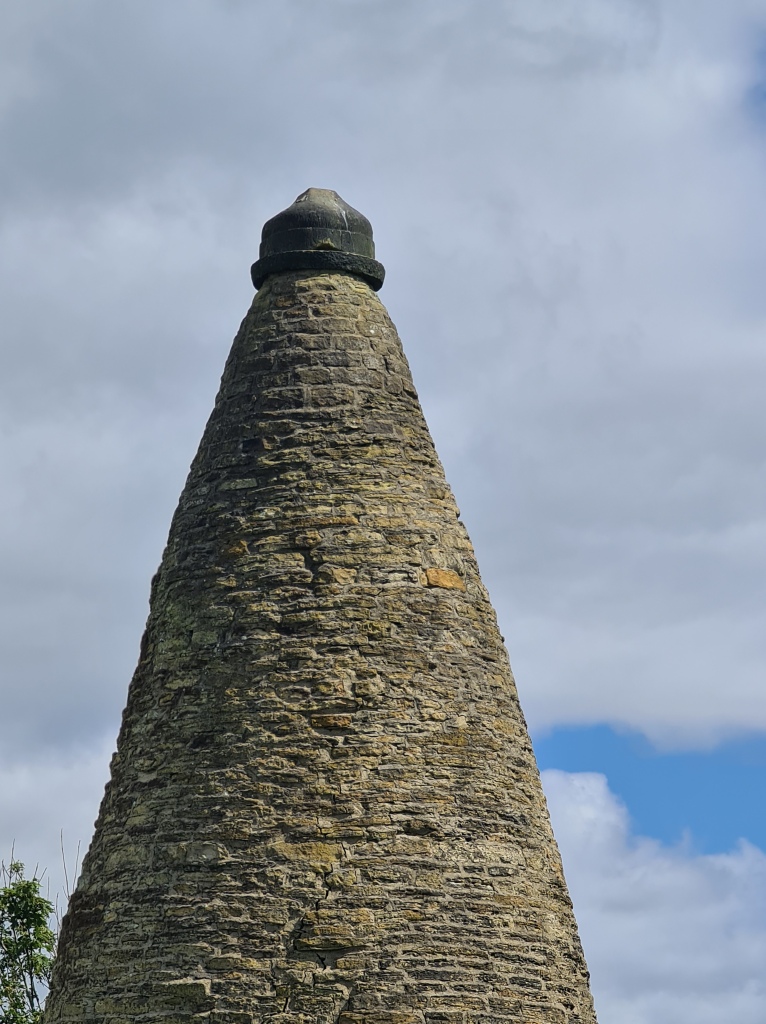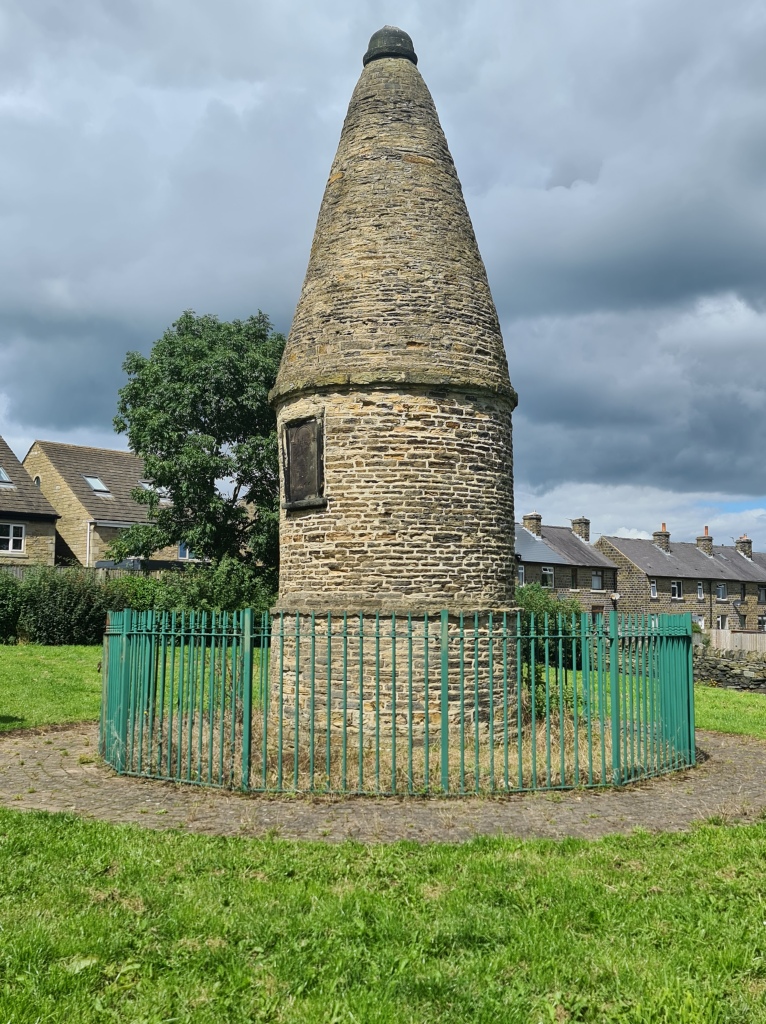
This is the Bear Pit on Cardigan Road (Headingley, Leeds, UK). Apart from a few boundary walls, this is the only thing to remain from the Leeds Zoological and Botanical Gardens . The site opened in 1840. However, it was never a financial success and was forced to close some thirty years later.
It stands as a reminder that 19th and early 20th century ideas about animal welfare are different from those that prevail in modern society. But confinement to a relatively small space was not the worst thing that could happen to a bear in the 19th century. Often they were acquired by travelling showmen in both Britain and Europe. They were trained to ‘dance’, and exhibited outside inns and taverns in the hope of gaining a few coppers. Even as late as the 22nd of April 1914 the Yorkshire Evening Post carried an article headed: ‘The dancing bear in Leeds. Foreign owners given strong hint to clear out’. Though one does have to wonder whether this is an issue of animal welfare or just plain xenophobia, it is true that such animals could represent a danger to the community if the owners lost control.. The same article notes that ‘Many Leeds Readers will recall probably, that some years ago on the occasion of a visit of one of these dancing bears, a small child was scratched by the animal.’
The Leeds Bear Pit is now owned by Leeds Civic Trust who have plans to restore the structure and to make it more accessible to the public.
This is not the only bear pit in Yorkshire. There is another in Sheffield’s Botanical Gardens. Can anyone think of any more?
















